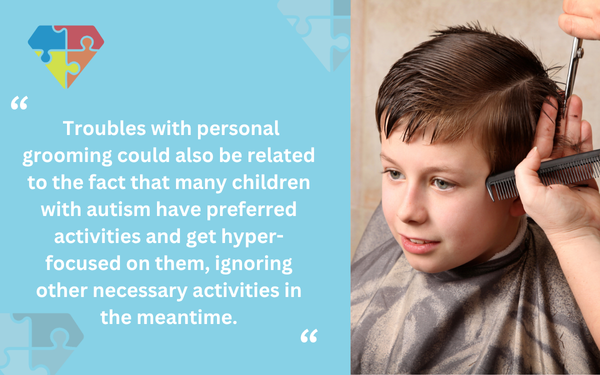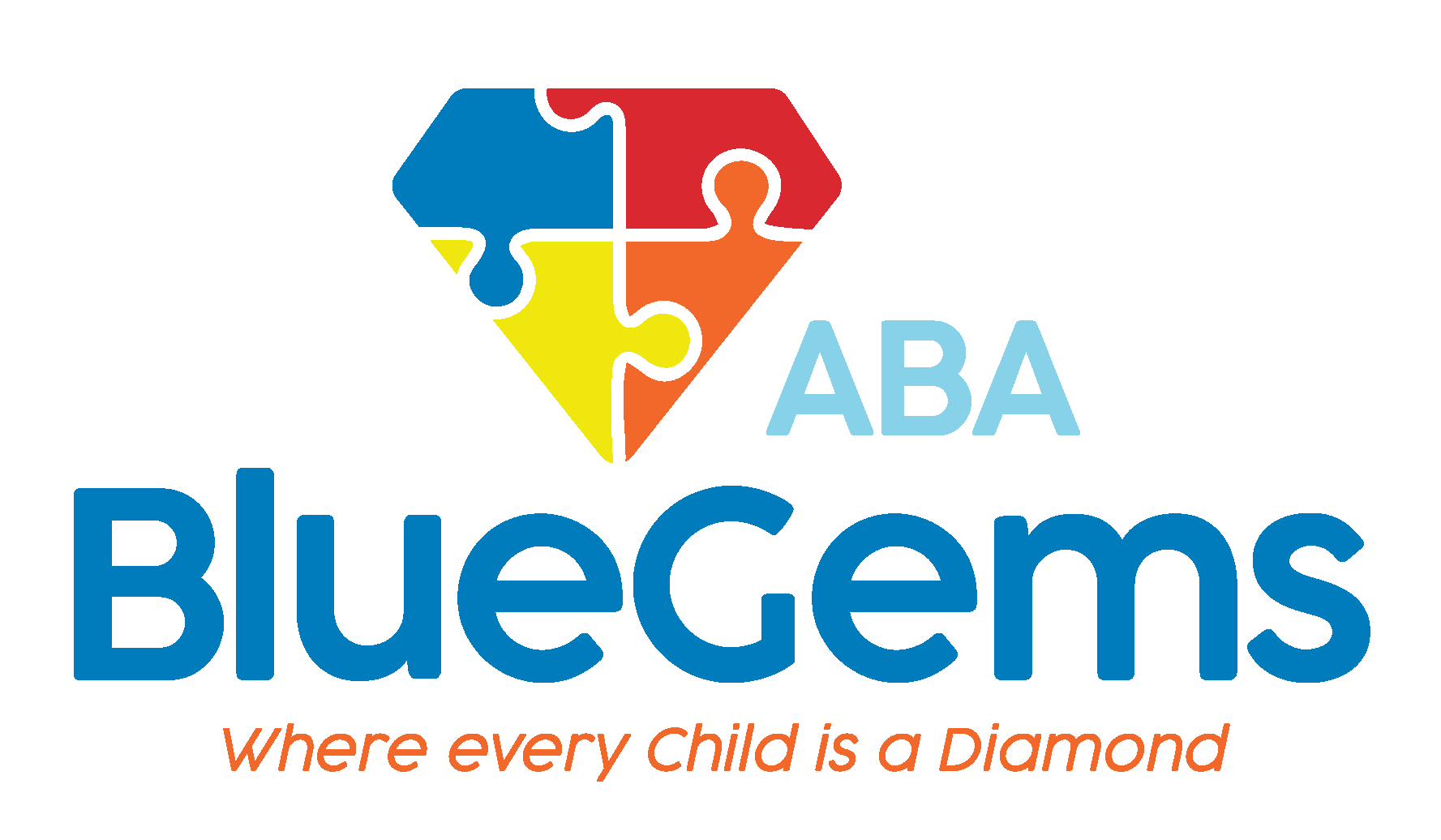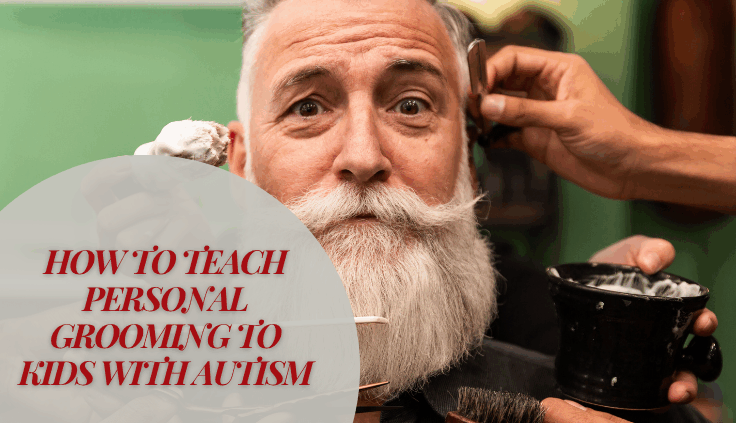How to Teach Personal Grooming to Kids With Autism
Learning and maintaining personal hygiene habits are necessary for all children to learn. Yet, as most parents know, getting their children to consistently keep up with these skills can be difficult.
Whether it be washing their hands or taking a shower, children are often more interested in playing with their toys and running around outside.
For children with autism spectrum disorder (ASD), learning personal hygiene skills may be even more difficult, due to challenges they face as a result of their diagnosis.
Of course, these are essential skills that every child needs to acquire. Fortunately, applied behavior analysis, or ABA therapy, can help with teaching these skills.
In this article, we’ll discuss ABA strategies for teaching personal grooming.
Table Of Contents
Why Do Children with Autism Struggle with Personal Grooming?
Many factors contribute to children with autism struggling with personal grooming.
This could be due to difficulties they have understanding language or understanding exactly what someone else is telling them to do. They particularly struggle if directions they are given are complex and multi-step.
Children on the autism spectrum may also face deficits with fine motor skills, which could impact their ability to brush their teeth, wash their hands, brush their hair and more.
They also may face sensory issues, which can impede their ability to wash their hands if, say, they feel overwhelmed by the touch of running water. Troubles with personal grooming could also be related to the fact that many children with autism have preferred activities and get hyper-focused on them, ignoring other necessary activities in the meantime.

How Does ABA Therapy Teach Grooming Skills?
A fundamental ABA therapy strategy for teaching skills is called Discrete Trial Training (DTT). It involves breaking down complex skills in smaller, more manageable steps.
Therapists teach children each of the steps one at a time in sequential order, only moving to the next step after they’ve mastered the first. They do this by using prompts to signify that it’s time to do something, and then follow that up with a reward if the child does it successfully.
With brushing teeth, for example, children need to learn how to pick up the toothbrush, pick up the toothpaste, apply the toothpaste to the brush, brush their teeth, spit out the toothpaste, rinse out their mouth and toothbrush, and then put the toothbrush down.
By breaking this personal grooming skill down into all these individual steps, it helps children with autism grasp the concept easier.
What Other Supports Does ABA Therapy Use to Teach Personal Grooming?
There are other ABA strategies that therapists can use to teach personal grooming skills and to help children remember to do them.
By creating a daily routine that integrates personal grooming, it establishes a set schedule and predictability, two things that help children with ASD significantly. When children with autism can predict what’s ahead and know what’s expected of them, they are more likely to learn the new skills and exhibit them when needed.
These daily schedules can include visual aids as well, which plays to the fact that children with ASD are often visual learners. Things such as visual daily schedules that break down a morning routine by the different things involved, for example, can get children to remember they need to brush their teeth and get dressed in the morning.
The visual aids will effectively serve as prompts for the children, much in the same way that therapists will provide prompts when they’re initially teaching these skills. Over time, therapists will fade the prompts away, which encourages the child to perform the different skills independently of the help of another person.
Blue Gems ABA Teaches Patients Many Practical Skills
Teaching personal grooming skills to any child can be challenging, but it’s often especially so for children with autism. Following some of the basic strategies of ABA therapy can help children with ASD develop these skills and exhibit them independently.
At Blue Gems ABA, we teach our patients practical skills such as personal grooming so they can live as independently as possible. By crafting treatment plans to each individual child’s unique strengths, challenges and preferences, we can more effectively target new skills and behaviors.
To learn more, please contact us today.




